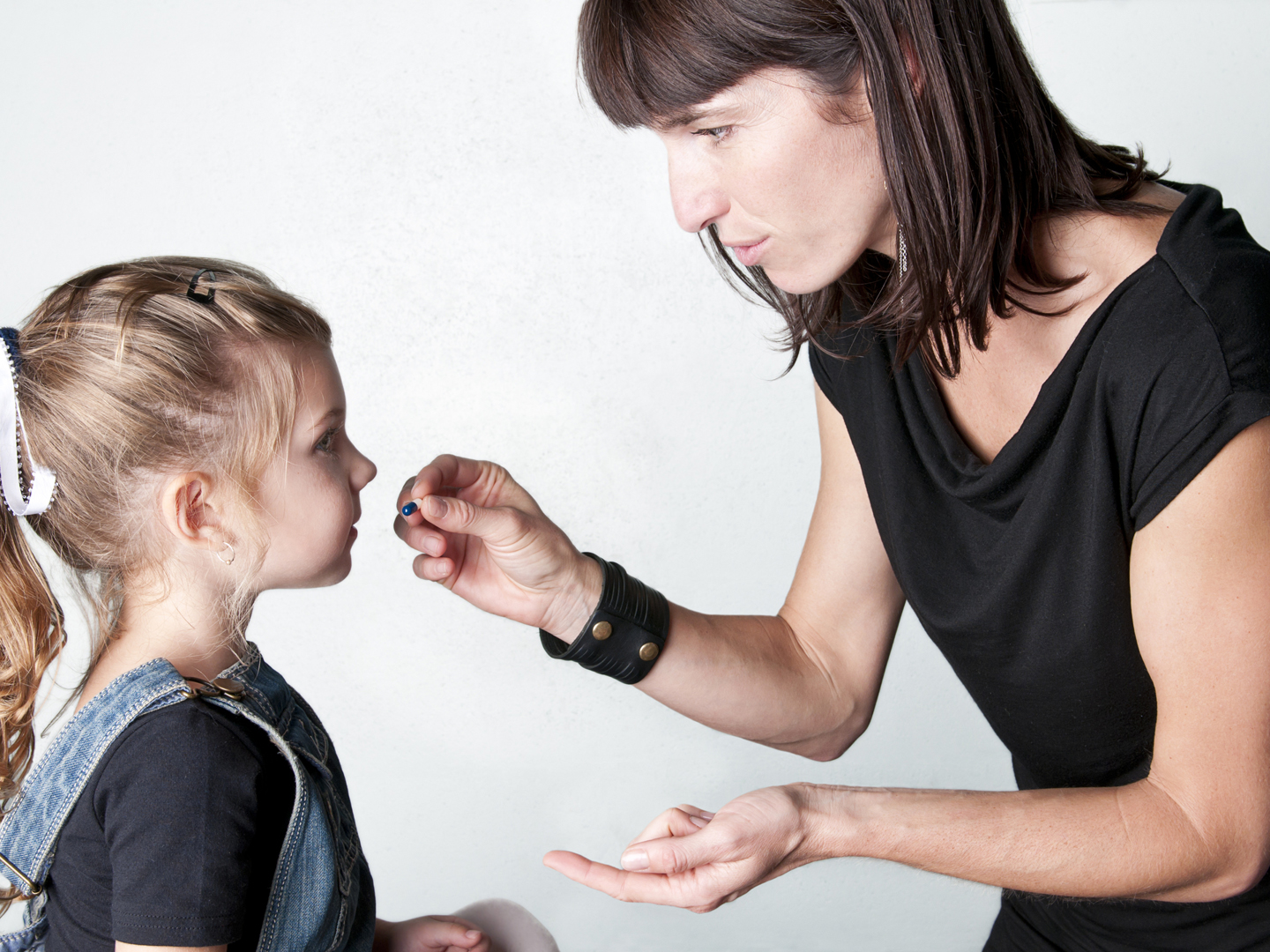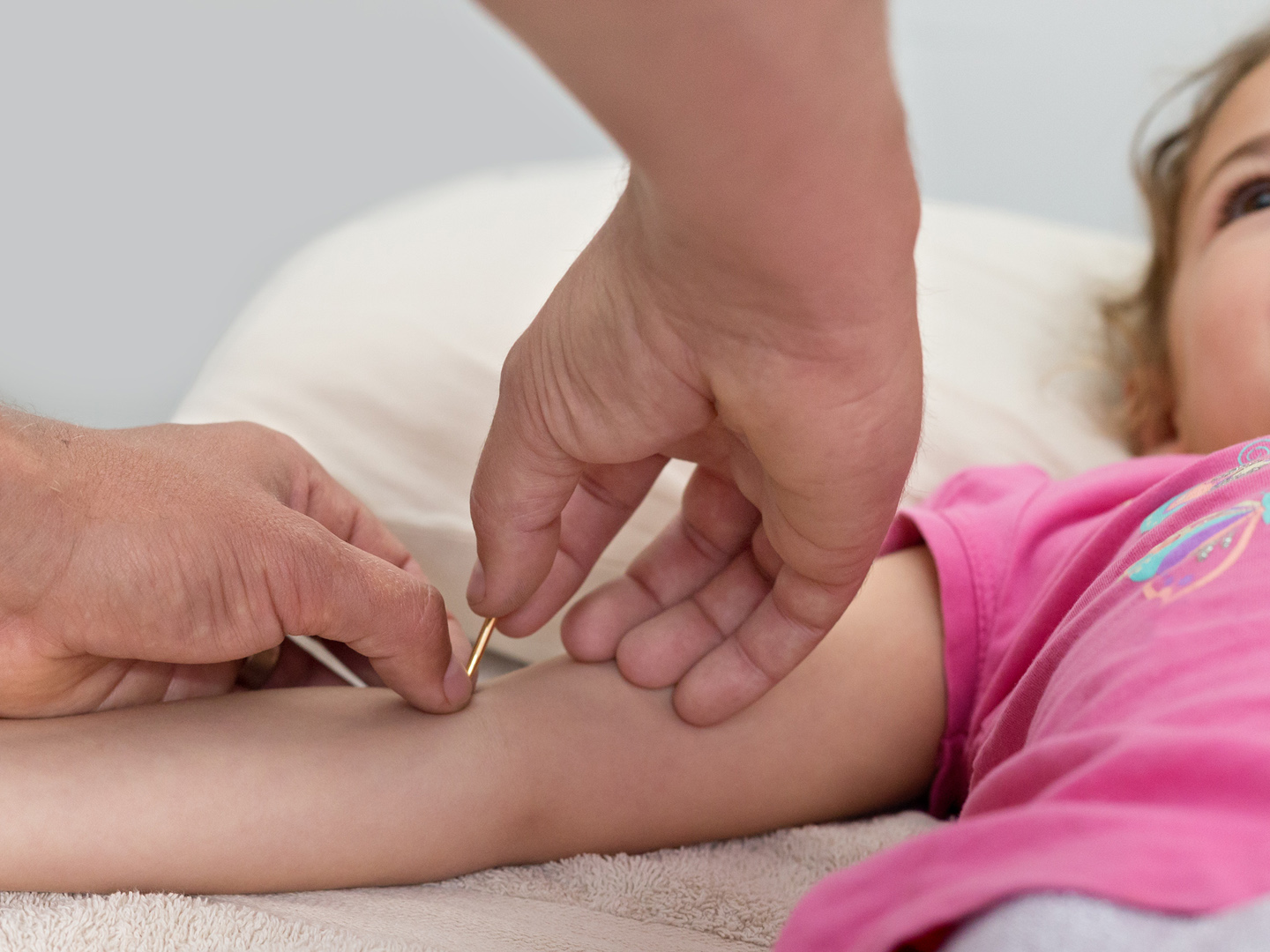Sore Throat

The most important thing parents can do when children develop sore throats is to make sure that the problem isn’t strep, a bacterial infection that requires antibiotic treatment. Strep is diagnosed via a throat culture. (Or a rapid strep test, which takes only 10 minutes but is not as accurate.) While the results may not be available for a few days, a doctor often can tell on the basis of observation whether strep is the likely problem and begin immediate treatment with penicillin. The sore throat usually eases in 24 to 48 hours.
Besides a very sore throat, symptoms of strep often include fever, swollen and tender lymph glands under the jaw, and a swollen and marked redness at the back of the throat that may have white dots. Those symptoms don’t always mean strep, but they often do. (Another clue: suspect strep when there are none of the typical symptoms of a viral infection such as a cough, runny nose, hoarseness and eye irritation.)
It is very important to treat strep throat with antibiotics as soon as possible, because in rare cases it can lead to an autoimmune reaction – rheumatic fever – that can affect the joints, heart and kidneys.
To reduce your child’s susceptibility to sore throat, try to build up his or her immune system by administering a course of the Chinese herb astragalus (Astragalus membranaceous) during cold and flu season. You can get astragalus in tincture form or in capsules at the health-food store. Administer one half the adult dose. This herb is safe for regular use.
If your child can gargle, give her a mixture of half hot water and half hydrogen peroxide to use several times a day. Gargling with warm salt water (one-quarter teaspoon salt to one cup of warm water) is also soothing.










